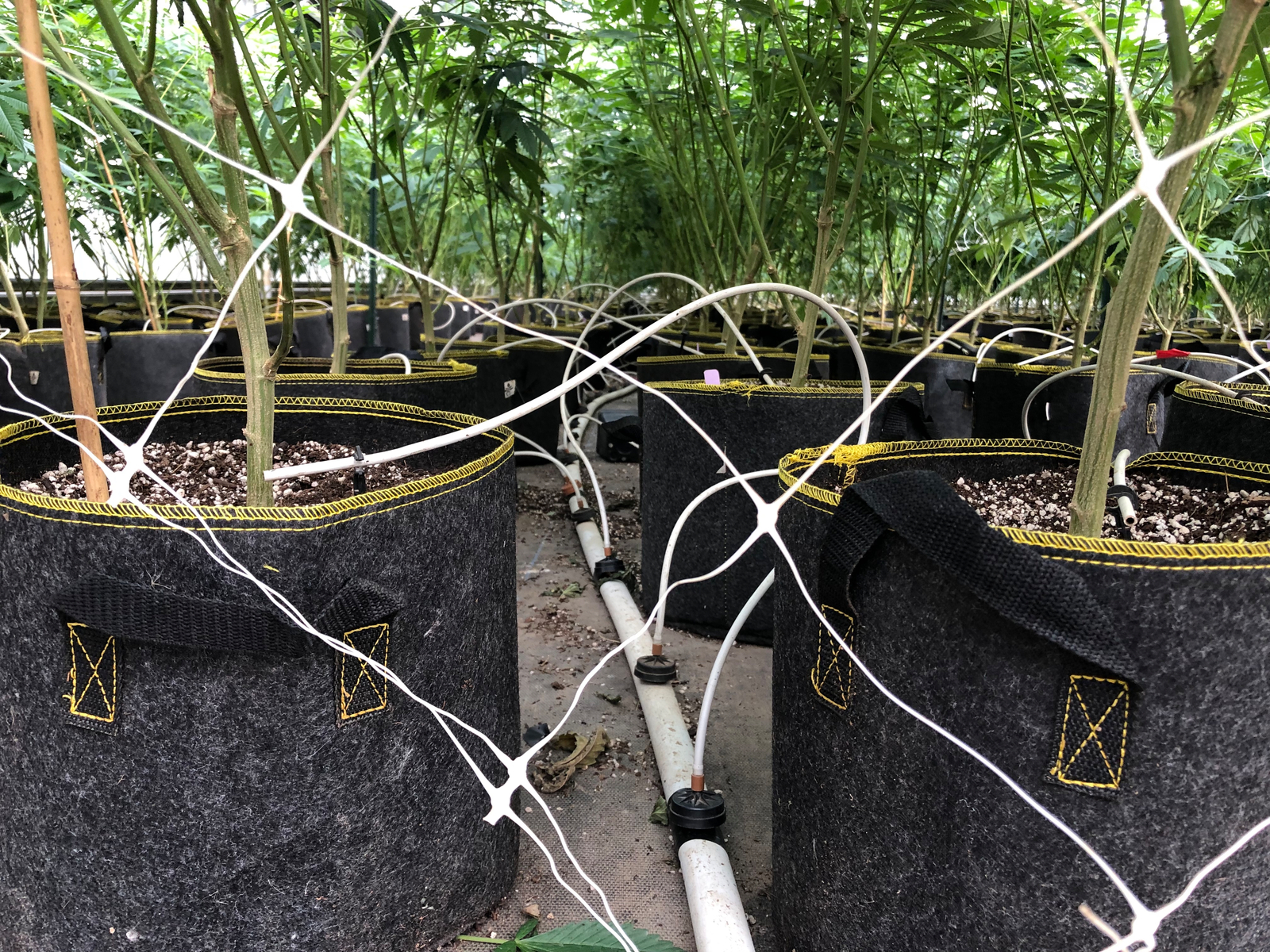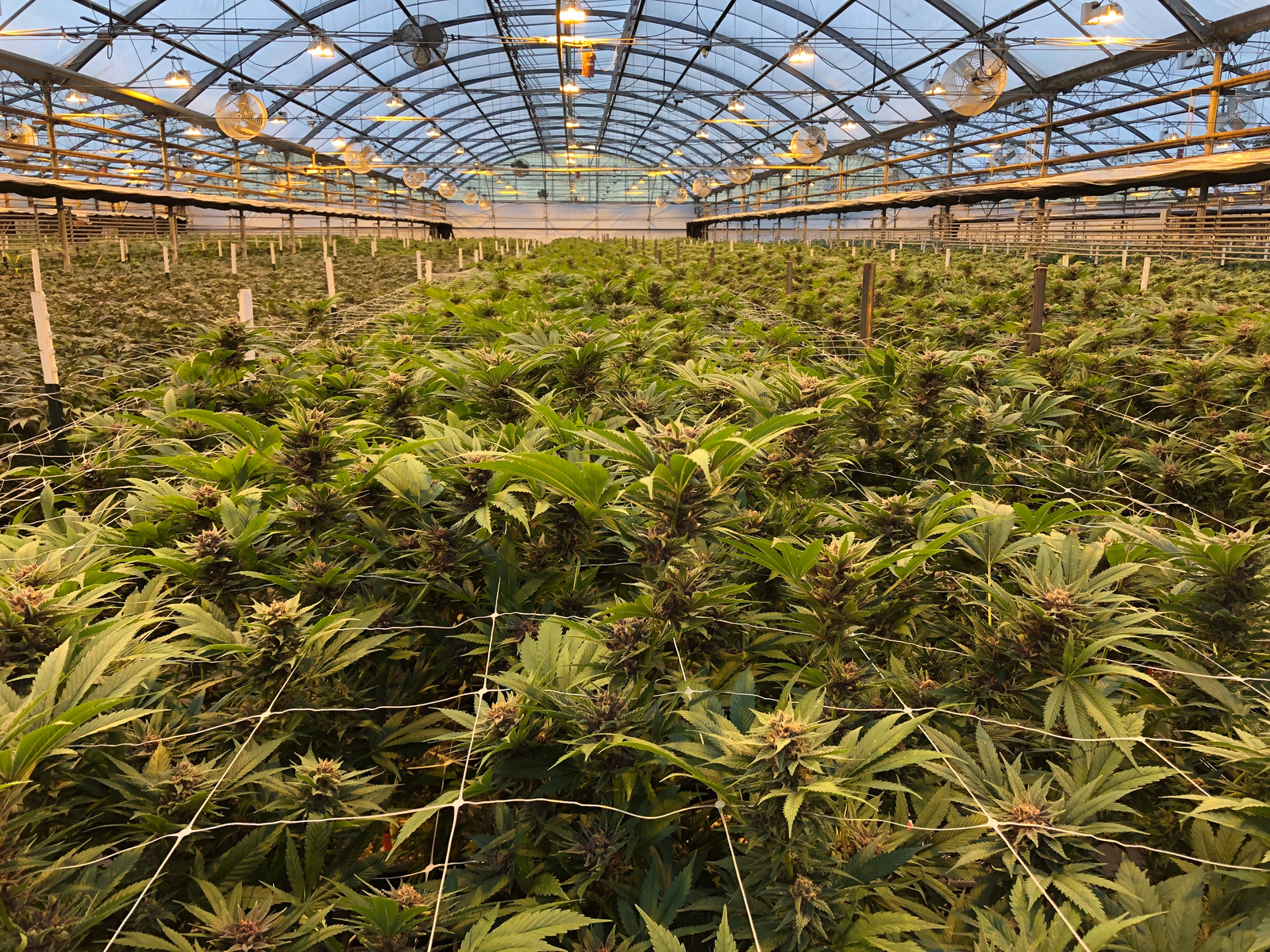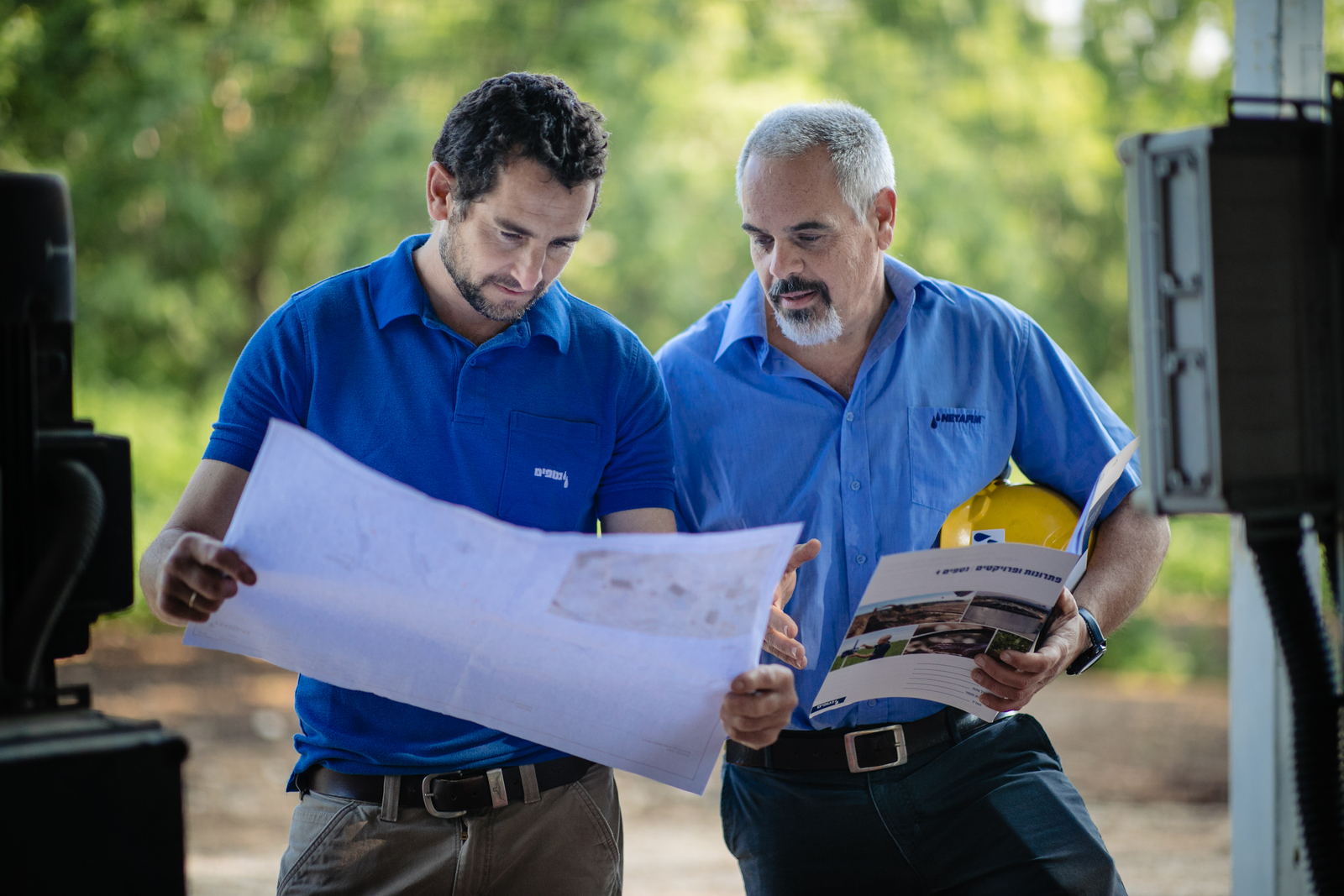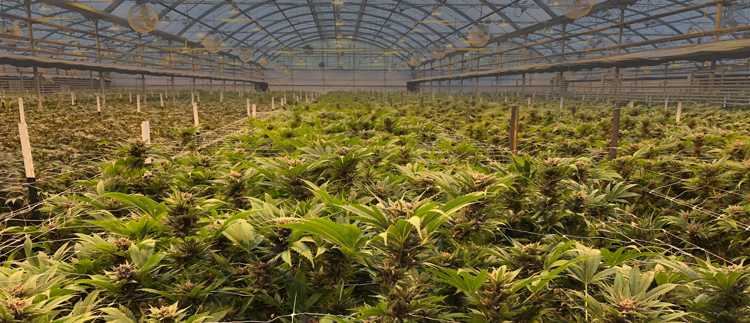Build your medical cannabis business
The medical cannabis industry is only in its infancy stage and there are many theories and methods around on how to best cultivate it at scale. Here's how you can adopt the best practices from the agritech industry
Greater numbers of people no longer shy away from the medicinal advantages of cannabis. Barclays, in their European Consumer Staples Report in September 2018, suggests that this figure could increase to USD$272 billion by 2028.
This newfound trend comes with challenges. Unlike other plants, cannabis strains require extremely specific growth conditions—with medical cannabis requirements being even more stringent. As standards are still too often neglected by the cannabis industry, there is no golden rule or guidebook on how to successfully grow medical cannabis.
But while there are no clear how-to’s, you can get lightyears ahead of the market with the right strategy. Based on agronomic know-how and expertise in agrotechnology, a handful of relevant best practices can be adopted by first-time medical cannabis producers. Read on to learn about some of the best practices that can be implemented from the agronomic industry.

Shifting from indoor to greenhouse cultivation
Traditional agriculture does not allow for sufficient control over environmental conditions and runs the risk of not complying with stricter regulations of adjacent industries. Indoor facilities provide better conditions and control over insects, chemicals or pesticides.
One major downside of indoor facilities is that they fail to be green-friendly, consuming energy excessively. Because of the need to monitor indoor air and temperature, a high amount of energy consumption can easily turn out costly and ineffective in order to cultivate on scale.
New greenhouse facilities take advantage of green energy by working with our most reliable energy resource—the sun. With the solution of advanced greenhouse technologies, production of medical cannabis can be made easier and more cost-effective. Crops meet the strictest procedural requirements of the pharmaceutical industry, while making price per gram more competitive in the long run. In a greenhouse, you can maintain a tight control over the climate conditions like humidity and temperature to create optimal conditions for plant development and also avoid mites, mildew and other fungal infections. With the installation of the right irrigation and fertigation system in your greenhouse, you can meet the different irrigation and fertigation protocols required at different stages of growth. With accurate monitoring and control systems in place, you can know exactly what’s going on with your crop at any given moment and meet the high-quality standards required by the pharmaceutical industry.
Leveraging crop knowledge to boost yield
More organizations are setting up facilities to produce medical cannabis. Despite this trend, a knowledge gap persists due to a lack of experience. For medical cannabis production to take off, knowledge from the past fifty years about cultivation processes, irrigation, and best practices or technologies inside greenhouses must be transferred to medical cannabis growers.
This type of knowledge would mostly come from the agronomic industry, where crop knowledge can be adjusted to the requirements of medical cannabis cultivation. In order to produce medical cannabis, their strains or plants can be treated as crop, while greenhouse conditions are specifically modified to complement these plants’ individual characteristics.
Crops grown in greenhouses now commonly consist of berries, avocado, sugar cane, corn, vineyards, and rice. As every crop is unique, so would be medical cannabis! Although greenhouses mainly take care of the sun being its primary energy source, more needs to be done—from providing accurate light positioning to the right amount of water supply.

Nurturing partnerships with global experts
Medical cannabis producers around the world are looking for ways to improve their industry understanding and enter new markets like the European Union, particularly Germany. On the other hand, large investments are necessary to establish effective and efficient facilities.
Locations such as Portugal, Greece, and Macedonia have climates that may be more conducive to grow medical cannabis in greenhouses, therefore new facilities are emerging worldwide. Local expertise in similar agritech can also be brought over to medical cannabis cultivation.
Because nobody is the sole authority on medical cannabis production, it is best to combine the expertise of greenhouse crop growers with that of local farmers, as well as other agricultural stakeholders (for example, a local government branch specializing in such). To be safe, no medical cannabis enterprise should be launched without collective effort or shared expertise.

Mixing crop modeling with digital farming
So far, we have discussed strategies to cultivate medical cannabis by employing greenhouse technologies, using previous crop knowledge, and forming global partnerships with experts in medical cannabis cultivation. But just like with developing regular crop models, the ones for medical cannabis should also be able to benefit from digitization—specifically, digital farming.
What is digital farming? It is a way for farmers to critically monitor the crop model’s actual implementation and progress and is done by collecting the necessary data on the ground. Monitoring crop behavior and collecting data about a project’s real-time development can often give farmers great results that can increase yield, while decreasing costs.
This approach would be especially interesting for medical cannabis, as the crops require a rigorous cultivation process. Because the chemical (and thus medicinal!) qualities of medical cannabis depend on factors such as lighting, growth speed, and subsequent processes like chemical extraction and drying, first-time producers can benefit greatly from digital farming.
Where is the medical cannabis market heading?
While the cultivation of medical cannabis is still a young and fresh endeavor, the greater interest in, and potential global impact of, medical cannabis is a big motivator to enter this line of work. Farmers or other entrepreneurs interested in cultivating medical cannabis should ready themselves for turbulence following political debates on legalization but are also safe enough to brace themselves for new opportunities in the demand for legally approved medical cannabis.
At Netafim, we have what it takes to develop and implement agronomic products that translate well into best practices for medical cannabis cultivation. With expertise in precision irrigation, crop knowledge, greenhouse solutions, experience in end-to-end agricultural projects, and more, we can help to make first-time or even experienced producers make this a reality.
